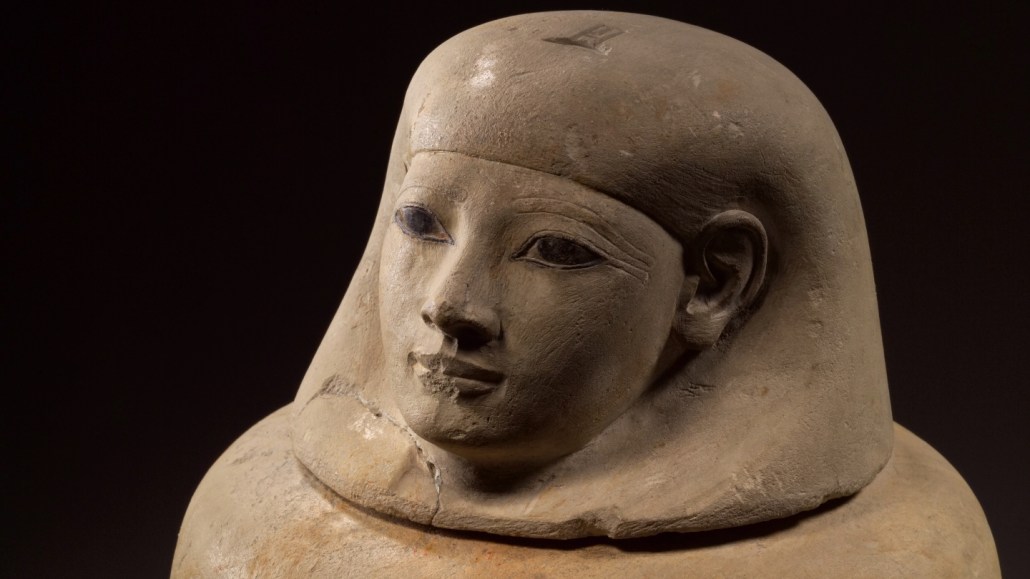Ancient Egyptian jars hint at complex mummification balms
The ingredients and where they came from suggest the high status of the mummy Senetnay

This limestone jar (top shown) held the viscera of the ancient Egyptian woman Senetnay. Scientists analyzed residue in the jar to uncover the makeup of her embalming fluid.
Christian Tepper/Museum August Kestner







